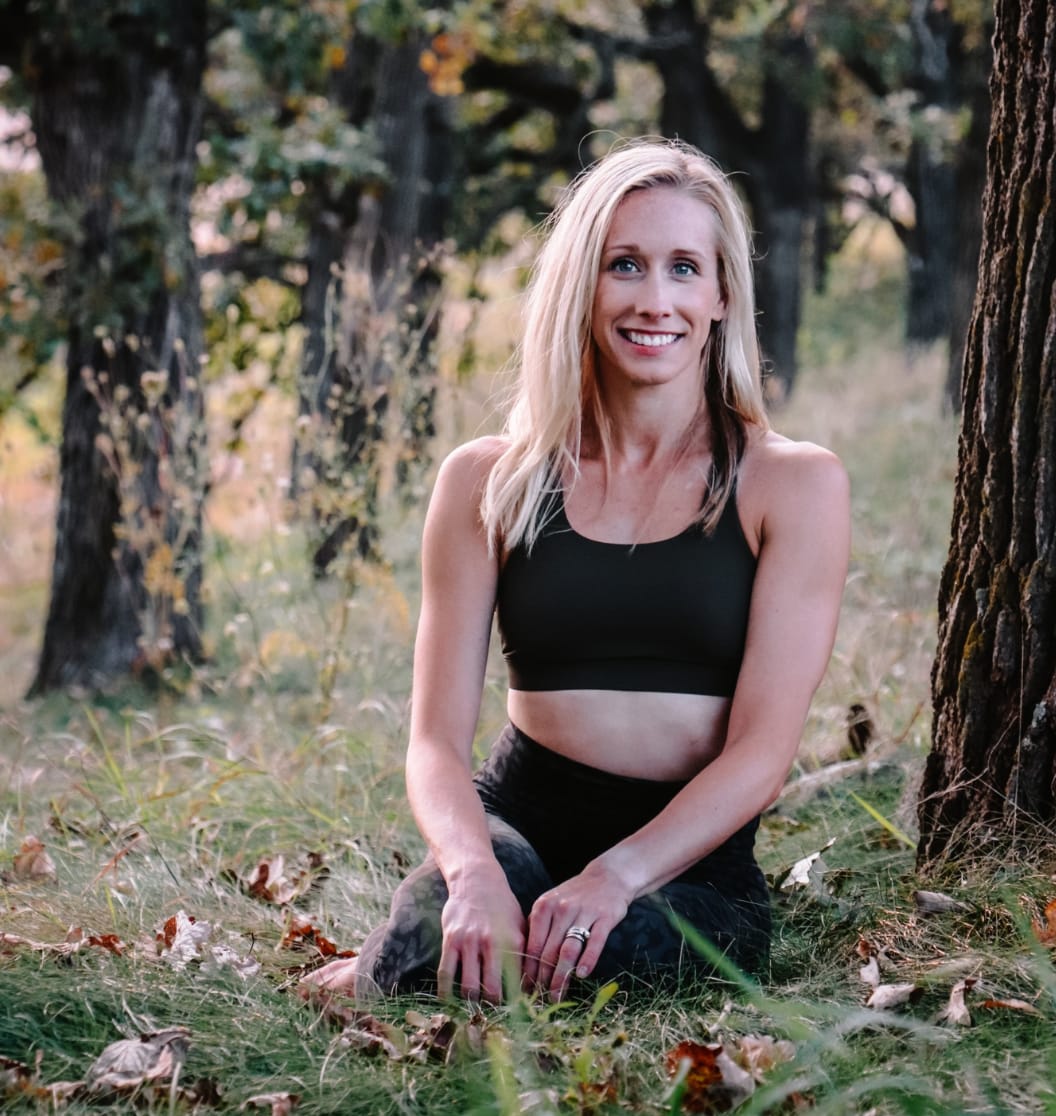Adrienne Leslie Yoga

You’ll find that my classes serve as a personal journey of self-exploration and healing. The music, the postures, and the breath come together to create a beautiful harmony to nourish the mind, body, and soul.

My yoga journey began as I walked through the doors of a yoga studio at a very challenging point of my life. My teachers throughout the years have touched my heart more than they will ever know. As a dedicated yogi, I enjoy practicing yoga as much as I can and learning about the many realms of the yoga spectrum.
Yoga gives us the tools to calmly navigate stressful situations: when both the body and mind are challenged. This became very apparent to me when I became a firefighter several years ago. Learning to control and conserve breath is incredibly important when responding to an emergency.

Yoga has truly changed my life, and I’m so happy to be able to help others change their lives through the power of yoga. I invite everyone to arrive on their mat to heal, to learn to love themselves and others, and to break through the barriers holding them back in order to achieve their biggest dreams.”
Adrienne

Frequently Asked Questions
The recommended yoga props will be listed in each class description.
Below, you’ll find a short explanation of each prop, along with an at-home substitute.
Yoga blocks: These are used for balance and support; if, for example, your hands can’t reach the floor in a particular pose, you can place them on the block instead. If you don’t have a yoga block, a stack of hardcover books make a good substitute!
Yoga straps: These are used to deepen your practice, helping you stretch and settle into poses that would otherwise be out of reach. Straps are particularly helpful for yogis with tight hamstrings and shoulders. If you don’t have a yoga strap, a belt or sturdy scarf will do!
Yoga bolster: This pillow-like prop provides extra cushioning to make restorative poses more comfortable — especially when you’re holding them for a while. If you don’t have a yoga bolster, try using a small pillow.
Yoga blanket: This is great to have on hand to cushion your knees or wrists, taking pressure off those joints and preventing discomfort. We also love to use a yoga blanket to keep us warm during savasana at the end of class. (No yoga blanket? No problem. Any blanket works!)
Yoga blocks: These are used for balance and support; if, for example, your hands can’t reach the floor in a particular pose, you can place them on the block instead. If you don’t have a yoga block, a stack of hardcover books make a good substitute!
Yoga straps: These are used to deepen your practice, helping you stretch and settle into poses that would otherwise be out of reach. Straps are particularly helpful for yogis with tight hamstrings and shoulders. If you don’t have a yoga strap, a belt or sturdy scarf will do!
Yoga bolster: This pillow-like prop provides extra cushioning to make restorative poses more comfortable — especially when you’re holding them for a while. If you don’t have a yoga bolster, try using a small pillow.
Yoga blanket: This is great to have on hand to cushion your knees or wrists, taking pressure off those joints and preventing discomfort. We also love to use a yoga blanket to keep us warm during savasana at the end of class. (No yoga blanket? No problem. Any blanket works!)
Even though you won’t be practicing hot yoga at home, it’s important to hydrate before, during, and after
class. Even a lower-intensity flow might make you sweat! We recommend drinking at least 20 ounces of water
2-3 hours before class (for reference, the average plastic water bottle holds 16 ounces). During class,
feel free to take water breaks whenever you feel thirsty. And after class — drink up! You need to replace
the fluids you lost by sweating.
Yoga can be very beneficial for people looking to regain muscle and flexibility following inactivity. However,
yoga can sometimes make injuries worse. If you’re recovering from an injury, it is recommended that you speak
with your doctor before participating in a yoga class.
First of all — welcome! I'm so glad you’ve joined our community. If you’re feeling energized and want to build
strength, I encourage you to check out a power flow class. Recovery yin is a great option if you’re looking for
a gentle practice to relax and breathe. If you’re new to yoga, I recommend starting with a Beginner / Level 1
class — perhaps one that’s shorter in duration. And in the meantime, please don’t hesitate to reach out with
any questions.
Before you start your class, adjust the volume in both Spotify and on the video to your preference. Check to ensure
your playlist is not on shuffle. My playlists are just suggestions. You can play your own music, or practice in silence.
Adrienne’s classes are consistently equal parts challenging and calming, and I always feel light and refreshed after practicing with her. But beyond that, the reason I love practicing with Adrienne is because her graceful and gracious spirit shines through everything she does.
Hope